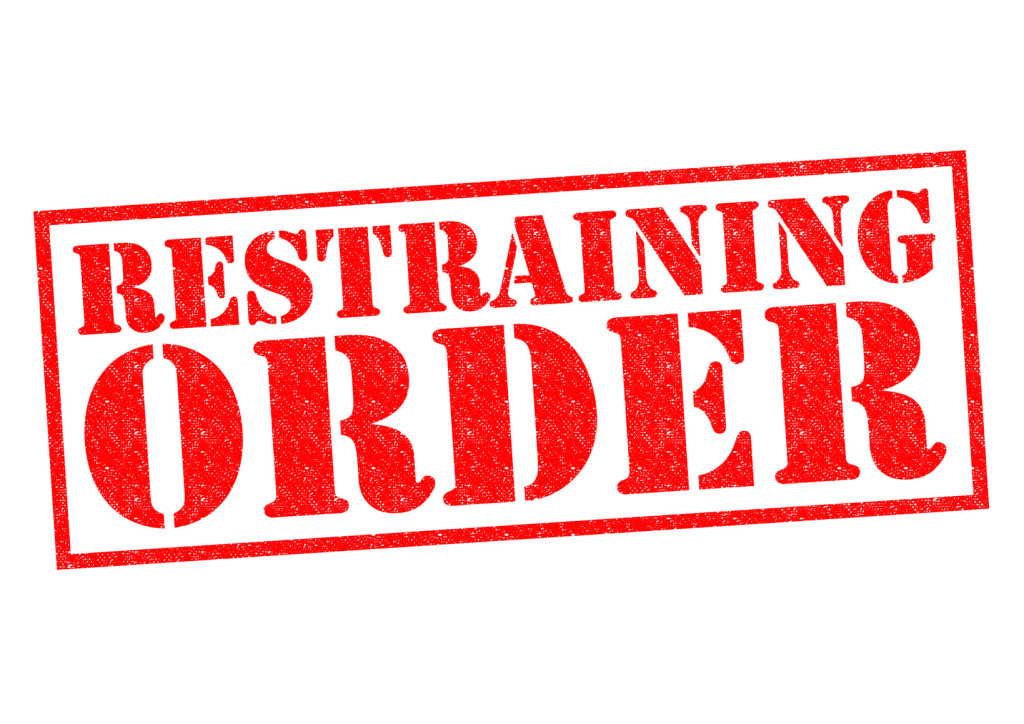Many understand the general purpose of a restraining order, but overall there are still a great many knowledge gaps among the general public concerning what a restraining order does, who can get one, and what options might be available to you when obtaining one. Here are some of the most common questions about restraining orders, answered.
How does a restraining order work?
A restraining order is an order of protection that is signed by a judge, and it can protect an individual from being physically abused, harassed, threatened, or stalked. The person who is requesting the order is known as the Petitioner, and the person whom the order is against is known as the Respondent. A restraining order is usually very specific and might include detailed restrictions such as preventing the Respondent from contacting the Petitioner by phone, email, or in person. It can even order the Respondent to leave a place of residence that the Respondent and Petitioner share, and it might include family members in the restrictions in addition to the Petitioner. It often also includes details about child custody for the Petitioner and child support responsibilities on the part of the Respondent. A restraining order is a civil order and thus does not appear on a Respondent’s criminal record.
The Petitioner is advised to carry the restraining order at all times and has the right to police protection. The Petitioner can call the police if the abuse does not obey the order, and the police can then place the abuser under arrest.
Why should someone get a restraining order?
A restraining order is something to consider in a wide variety of situations, but particularly in cases of domestic violence, malicious threats, sexual assault, kidnapping, homicide, burglary, and stalking.
How does one get a restraining order?
A restraining order might be obtained as part of a divorce, or it might be requested outside of any legal proceedings. A Petitioner will typically meet with an attorney in order to discuss which type of restraining order is most fitting, gain and understanding of his or her options and rights, and then have the order processed. The Petitioner then appears before a judge, without the Respondent present, and later on a second court date both the Petitioner and the Respondent will typically both appear before a judge.
What are the different types of restraining orders?
A restraining order can be either temporary or permanent, and the type of order a Petitioner gets depends on the particular case. A domestic violence restraining order, for example, can be brought on only by a spouse, former spouse, partner, parent, or relative of the second degree. A civil harassment order, on the other hand, requires no particular relationship—the primary difference between civil harassment and domestic violence restraining orders.
